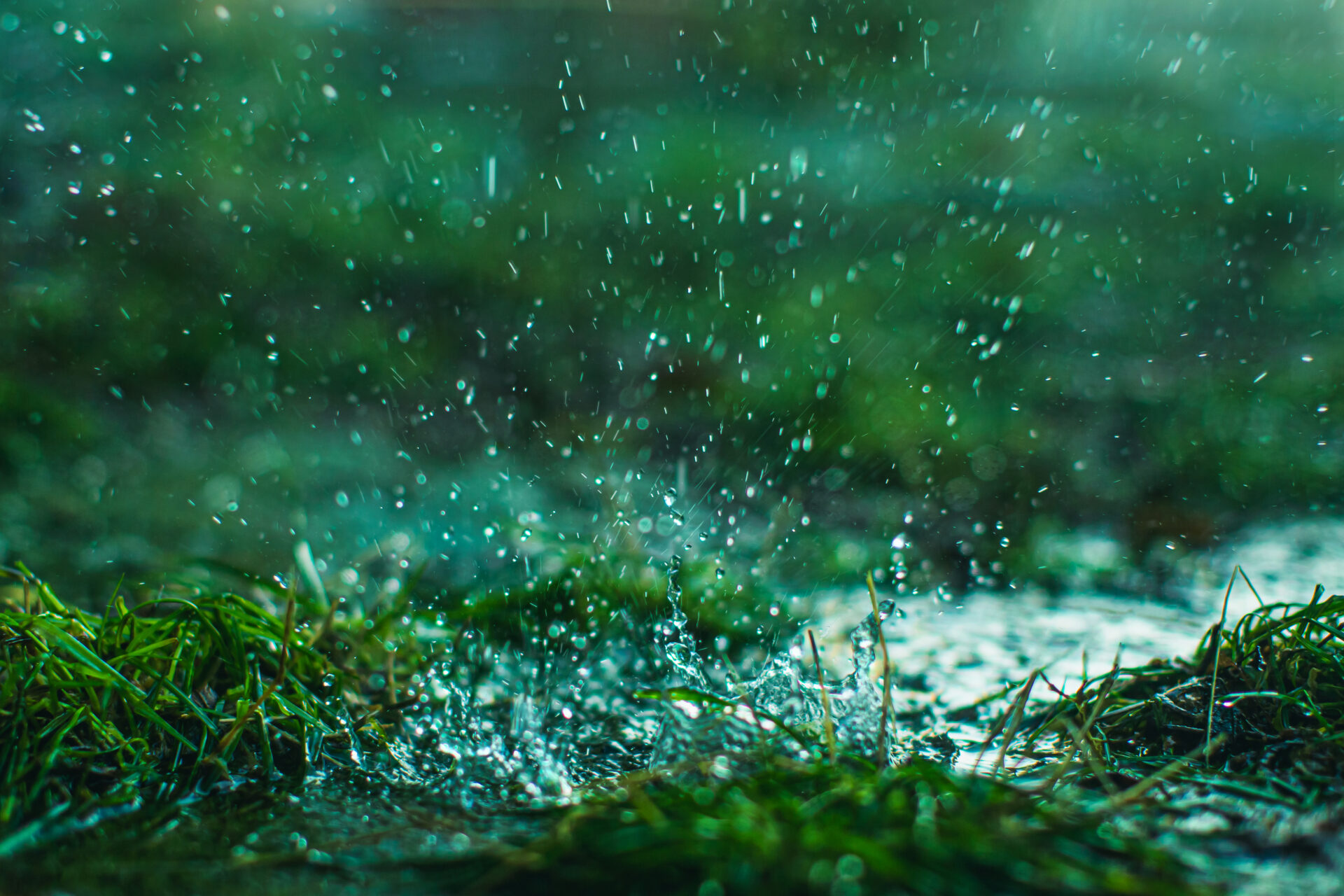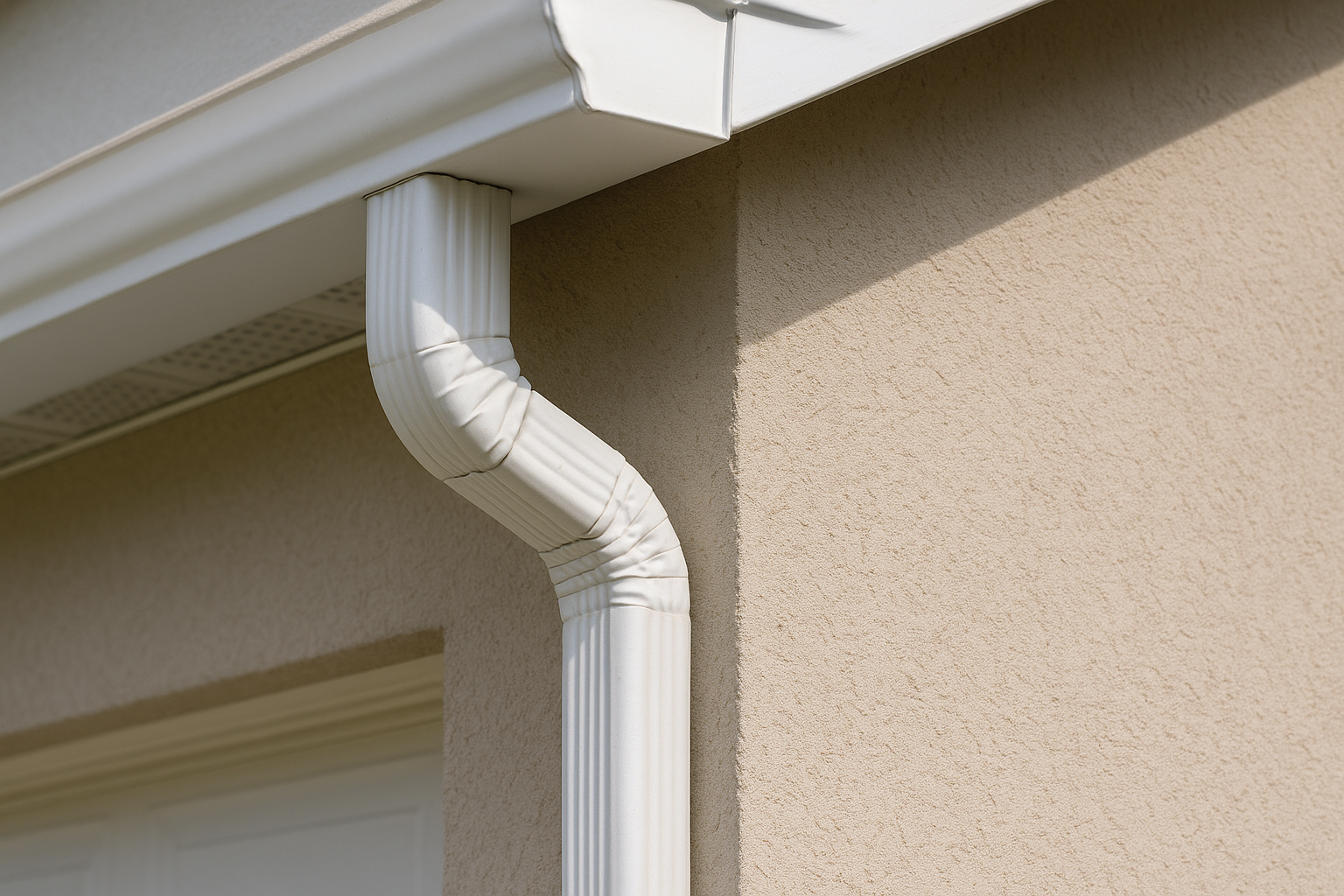Water damage doesn’t take the season off. Neither should your gutters.
In the Lowcountry, fall might mean fewer storms and cooler temps, but your gutters? They’re still on duty. And if you’re not prepping them now, you’re setting yourself up for clogs, overflows and some expensive home repair headaches.
At Holy City Gutterworks, we see it every year: gutters packed with oak leaves and pine needles, downspouts clogged solid and systems sagging under the weight of seasonal debris. All of this puts your home at risk for water damage, foundation issues and mold growth.
So before you hang up your rake and call it a day, run through this fall gutter checklist. It’s quick. It’s easy. And it could save you thousands in repairs.
Why Fall Gutter Maintenance Matters in Charleston
This isn’t just about routine upkeep. Charleston’s unpredictable storms, high humidity and lush vegetation make year-round gutter care essential. Ignoring fall maintenance can mean:
- Overflow during winter rainstorms
- Foundation cracks from poor drainage
- Mold growth in fascia boards or crawlspaces
- Damage to siding, soffits, and landscaping
Gutters don’t need to be flashy, but they do need to work. And when they’re in peak condition, your home stays drier, cleaner and stronger.
Your Fall Gutter Prep Checklist
This brings us back to our central thesis: Regular fall gutter maintenance isn’t just good practice. It’s a must! And luckily, it’s pretty easy when you know how.
Clean out debris.
Fall is peak season for clogs. Even a few leaves can block water flow and lead to overflow, which puts stress on your foundation, fascia and landscaping. Before you break out the ladder, wait for a few dry days, since wet leaves are heavy and harder to remove. Then:
- Scoop out debris by hand or with a gutter scoop
- Flush your system with a hose to check for hidden clogs
- Clear downspouts and confirm that water is draining away from your home
If this sounds like a twice-a-year nightmare, consider gutter guards to block debris before it causes problems.
Inspect for sagging or separation.
Summer storms, heat, and humidity can leave their mark. Gutters that sag, separate or leak will only worsen once winter rain begins.
Give your system a thorough inspection:
- Check for rust, holes, or sagging sections
- Tighten any loose hangers or fasteners
- Look for water stains on siding or fascia boards
If you notice standing water or persistent drips after cleaning, the issue might be with your gutter pitch or drainage, not just debris. If you need a pro’s eye, contact our team for a home visit.
Don’t forget the downspouts.
Your gutters can only move water if the downspouts are doing their job. A blockage here means water backs up fast, especially during Charleston’s heavy rains.
- Make sure downspouts are securely attached and angled correctly.
- Extend them at least four to six feet from your foundation.
- Use splash blocks or drainage pipes if needed.
If water pools near your house, it’s only a matter of time before it enters your crawl space or basement. And speaking of…
Trim overhanging branches.
It’s not just about leaves. Overhanging limbs can drop twigs, sap and even critters into your gutters. And in stormy weather, those branches become battering rams that could harm your home and even you.
- Trim back limbs at least six to 10 feet from your roofline.
- Remove dead branches that could snap during a storm.
- Keep the canopy above the gutters as open as possible.
Remember, a little can go a long way when protecting your home. This maintenance also helps prevent rodents and pests from using overhanging trees as entry points to your gutters.
Check for Signs of Water Damage
Your gutters might be out of sight, but the damage they cause isn’t. Water stains on fascia boards or siding are just one sign of gutter issues. You may also notice:
- Soil erosion directly below gutters.
- Mold or mildew smells in the crawl space.
- Pools of water near the foundation after rain.
If you spot any of these signs, you may need a gutter repair or even a full system replacement. You can find more information on that in our blog: “Replace or Repair: What to Do When Your Gutters Are Damaged”
Need help? We’ve got you.
Whether you’re prepping for winter or just catching up after a hectic summer, our local gutter team is here to help. From inspections and repairs to full replacements and gutter protection systems, we’ll ensure your setup is ready for whatever the season throws at it. Contact us today to schedule an inspection before the next big storm hits.


